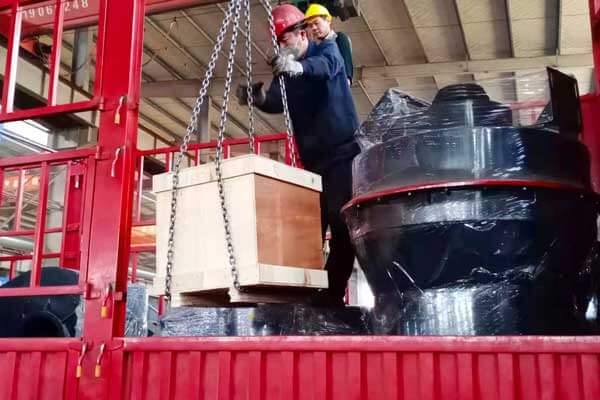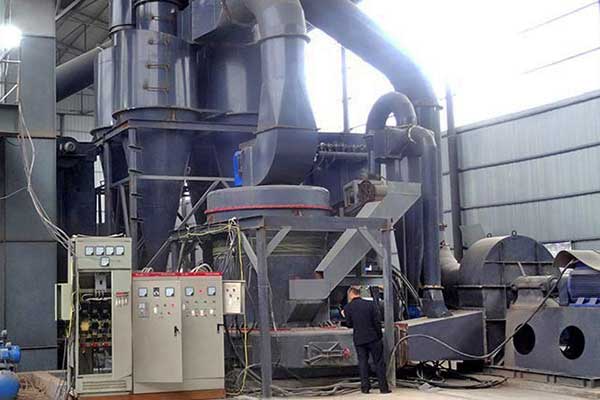Limestone grinding mill
Material: Limestone.
Finished product particle size: 0.173-0.044mm.
Processing capacity: 8-176t/shift.
Applicable materials: calcium carbonate crushing processing, gypsum powder processing, power plant desulfurization, non-metallic ore pulverizing, coal powder preparation, etc.

Main limestone grinding machines
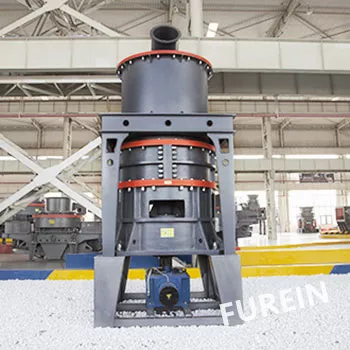
Vertical roller grinding mill
Limestone vertical roller grinding mill machine is a standard grinding machinery and equipment; its main feature is that the grinding roller is mounted on the vertical frame, and the grinding disc and grinding roller rotate together. Vertical roller mill is usually suitable for grinding non-metallic minerals below medium hardness, such as limestone, gypsum, quartz, and other materials. This equipment has a small footprint, low investment cost, and adjustable grinding fineness.
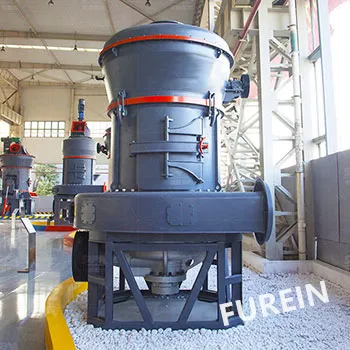
High-pressure Trapezium Mill
Limestone high-pressure trapezium grinding mill machine is a grinding equipment with a high-pressure grinding effect. It usually consists of a pressure spring wrapped around a beam and a drum. The main feature of the super-pressure trapezium mill is that the pressure spring can provide high pressure to improve the grinding effect. This mill is usually suitable for high-hardness non-metallic mineral grinding, such as quartz, limestone, marble, etc.
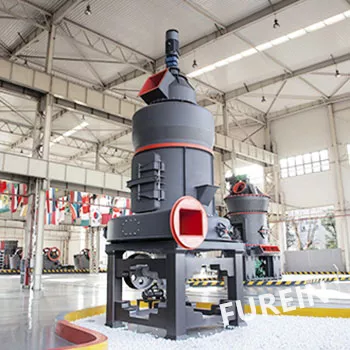
Euro Grinding Mill Machine
The limestone Euro grinding mill machine is a new grinding machinery and equipment with high efficiency and low energy consumption. It usually consists of the main machine, centrifugal fan, analyzer, radiation cylinder, and other parts. The European version mill adopts a multi-stage sealing device during grinding, which can effectively avoid dust leakage and ensure environmental hygiene. This equipment is suitable for grinding limestone, gypsum, quartz, and other non-metallic minerals.
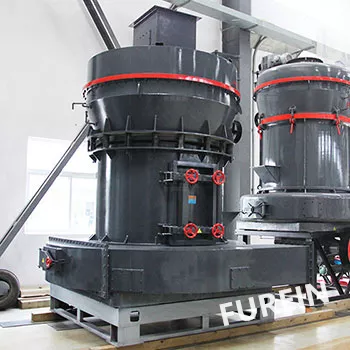
Raymond mill
Limestone Raymond mill is standard milling equipment, which usually consists of a primary machine, fan, classifying equipment, piping device, and so on. The finished product size is 80-325 mesh adjustable. A simple structure, convenient operation, and stable operation characterize Raymond Milln. It is suitable for medium and fine grinding of limestone, gypsum, quartz, and other non-metallic minerals.
Limestone grinding mill production line
The limestone grinding mill’s production line equipment includes a jaw crusher/cone crusher, Raymond mill (host part), bucket elevator, electromagnetic vibrating feeder, powder selector, pipeline device, etc. The specific process flow is as follows:
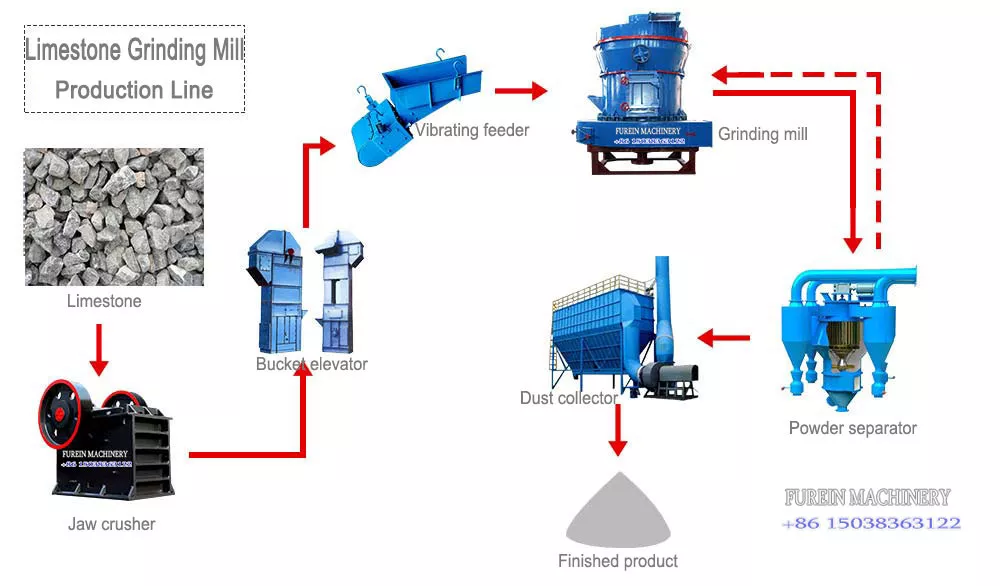
1. Crushing the limestone
Firstly, the jaw crusher preliminarily crushes the quarried large limestone, then sends it to the cone crusher for further fine-crushing. The two crushing stages are chosen to fully dissociate the valuable substances in the raw ore and provide high-quality ore raw materials for the milling stage.
2. Grinding limestone to powder
Next, the crushed limestone is transported to the silo from the bottom upward by bucket elevator and then uniformly and quantitatively fed into the limestone grinding mill for deep grinding processing via an electromagnetic vibrating feeder.
3. Powder selection
Finally, the limestone powder, after grinding, will be classified through the powder selector, the fine powder that does not meet the fineness requirements will be sent back to the host machine for regrinding, and the limestone powder that meets the fineness requirements will be fed into the finished product silo through the pipeline device, and finally packaged the powder to bags.
Limestone Grinding Mill That You Need To Know
What is a limestone grinding mill?
A limestone grinding mill is a machine used for grinding limestone into powder. It is a mechanical device that grinds materials into powders by friction, crushing, and grinding to meet the requirements of various industrial applications. The limestone grinding mill typically consists of a rotating grinding plate and grinding rollers, driven by a motor, and the powdered limestone is collected in a cyclone separator or a bag filter system. This ground limestone powder can be used in various industries, such as construction materials, chemicals, metallurgy, and agriculture.
How much does a limestone grinding mill cost?
The price of a limestone grinding machine needs to consider the following factors:
1. Grinding mill model and specifications: The prices of limestone grinding mills of different models and specifications will vary. Generally speaking, the greater the production capacity of the equipment and the more advanced the configuration, the higher the price.
2. Brand and quality: Well-known brands of limestone grinding mills usually have relatively high prices because the brand’s reputation and quality assurance bring a certain premium. The quality of low-priced grinding mills may be unstable, so you must choose carefully.
3. Grinding mill material: The material and quality of the limestone grinding machine will also affect its price. Generally speaking, the price of a limestone grinding machine made of high-quality materials and fine artistry will be slightly higher than that of a sub-quality machine.
4. Additional configurations and services: Some limestone grinding mills may come with additional designs or provide customized services, such as installing dust removal devices, providing technical support, etc., which will also affect the price.
What do I need to know about buying a limestone grinding mill?
When buying a limestone grinding mill, several essential factors must be considered:
1. Grinding capacity: Determine the amount of limestone you need to process per hour or day. Choose a grinding mill with the appropriate capacity to meet your production requirements.
2. Fineness of grinding: Consider the final product’s desired fineness or particle size. Different grinding mills have additional capabilities in terms of achieving the desired class.
3. Energy consumption: Efficient energy usage is essential to reduce operating costs. Compare the energy consumption of different limestone grinding mills and choose one with good energy efficiency.
4. Maintenance and durability: Look for a durable grinding mill that requires minimal maintenance. This will help to ensure a longer lifespan and reduce the need for frequent repairs or replacements.
5. Safety features: Check if the grinding mill has proper safety features, such as emergency stop buttons, protective covers, and adequate ventilation systems.
6. Cost: Consider the initial purchase cost as well as the long-term operating costs. Compare prices and features of different models to find a limestone grinding mill that is the best.
7. After-sales service: Research the reputation and customer support provided by the manufacturer or supplier. A reliable after-sales service can help address any potential issues that may arise during the operation of the grinding mill.
Limestone grinding machine maintenance
- The limestone grinding machine’s spindle refueling time is once per shift, but it must pay attention to find that the oil in the oil cup, with no loss or loss, is too slow and should immediately clean the oil channel.
- Strictly prohibit metal blocks into the limestone mill; otherwise, it will damage the grinding rollers, rings, and hangers.
- Add material should be uniform, not more or less. Adding too much material will block the air duct, reduce the output, and make it easy to burn the motor.
- Air volume adjustment: located in the fan inlet pipe on the air volume control valve, generally open to a slightly more prominent position, according to the fineness, the output requirements of appropriate adjustment.
- Fineness adjustment: according to the size of the material, hardness and softness, water content, and specific gravity are different; the processing of coarse and fine degree is also other; you can adjust the upper analyzer, high speed, high fineness.
- The end-of-life limit of mill rollers and rings is that the remaining small wall thickness shall not exceed 10mm.
- When stopping, first stop feeding, the host continues to grind the residual material; after about one minute, you can turn off the host and analyzer motor, stop grinding work, and stop the fan motor.
What are the functions of limestone powder?
After grinding limestone into powder, it can be used in the following aspects:
1. Building materials: Limestone powder can be used as part of building materials to make plaster, cement, gypsum lime paint, etc.
2. Agriculture: Limestone powder can be used as a soil conditioner, which can provide the calcium required by the soil, adjust soil pH, improve soil structure, and increase soil fertility.
3. Industry: Limestone powder can be used as industrial raw materials, especially in the steel, metallurgical, and chemical industries, to manufacture steel, glass, ceramics, fertilizers, chemicals, etc.
4. Environmental protection: Limestone powder can be used as a precipitant for water treatment and wastewater treatment to remove suspended solids, heavy metals, and pollutants in the water.
5. Food: Limestone powder is a food additive that can produce food such as pasta and edible salt.
These are only some examples of the applications of limestone powder; other applications depend on different needs and areas of use.
